
The Theseus was the Bristol Aeroplane Company's first attempt at a gas-turbine engine design. A turboprop delivering just over 2,000 hp (1,500 kW) was chosen rather than compete with companies that were already developing turbojets. A heat exchanger to transfer waste heat from the exhaust to the compressor exit was necessary to meet a requirement for a fuel consumption comparable to a piston engine. The heat exchanger was abandoned after tests showed it had a high pressure loss and saved much less fuel than had been expected.

The Avro Type 694 Lincoln is a British four-engined heavy bomber, which first flew on 9 June 1944. Developed from the Avro Lancaster, the first Lincoln variants were initially known as the Lancaster IV and V; these were renamed Lincoln I and II. It was the last piston-engined bomber operated by the Royal Air Force (RAF).

The Rolls-Royce Olympus was the world's second two-spool axial-flow turbojet aircraft engine design, first run in May, 1950 and preceded only by the Pratt and Whitney J57, first-run in January, 1950. dating from November 1946, although not the first to run or enter service. It was originally developed and produced by Bristol Aero Engines. First running in 1950, its initial use was as the powerplant of the Avro Vulcan V bomber. The design was further developed for supersonic performance as part of the BAC TSR-2 programme. Later it saw production as the Rolls-Royce/Snecma Olympus 593, the powerplant for Concorde SST. Versions of the engine were licensed to Curtiss-Wright in the US as the TJ-32 or J67 and the TJ-38 'Zephyr'. The Olympus was also developed with success as marine and industrial gas turbines.

The Westland Wyvern was a British single-seat carrier-based multi-role strike aircraft built by Westland Aircraft that served in the 1950s, seeing active service in the 1956 Suez Crisis. Production Wyverns were powered by a turboprop engine driving large and distinctive contra-rotating propellers, and could carry aerial torpedoes.

The Rolls-Royce RB.53 Dart is a turboprop engine designed and manufactured by Rolls-Royce Limited. First run in 1946, it powered the Vickers Viscount on its maiden flight in 1948. A flight on July 29 of that year, which carried 14 paying passengers between Northolt and Paris–Le Bourget Airport in a Dart-powered Viscount, was the first regularly scheduled airline flight by a turbine-powered aircraft. The Viscount became the first turboprop powered aircraft to enter airline service with British European Airways (BEA) in 1953.

The Armstrong Siddeley Double Mamba is a turboprop engine design developed in the late 1940s of around 3,000–4,000 hp (2,200–3,000 kW). It was used mostly on the Fairey Gannet anti-submarine aircraft developed for the Fleet Air Arm of the Royal Navy.

The Armstrong Siddeley Mamba was a British turboprop engine produced by Armstrong Siddeley in the late 1940s and 1950s, producing around 1,500 effective horsepower (1,100 kW).
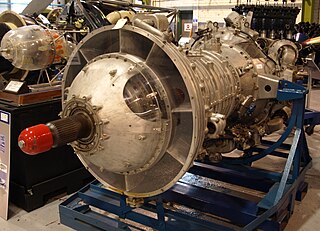
The Rolls-Royce RB.39 Clyde was Rolls-Royce's first purpose-designed turboprop engine and the first turboprop engine to pass its civil and military type-tests.
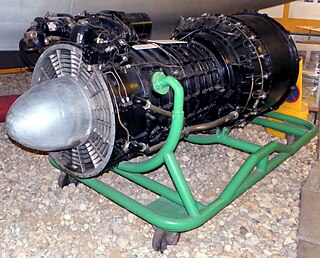
The Metropolitan-Vickers F.2 is an early turbojet engine and the first British design to be based on an axial-flow compressor. It was an extremely advanced design for the era, using a nine-stage axial compressor, annular combustor, and a two-stage turbine.

The Rolls-Royce Eagle Mk XXII was a British 24-cylinder, sleeve valve, H-block aero engine of 46 litre displacement. It was designed and built in the early-1940s by Rolls-Royce Limited and first ran in 1944. It was liquid-cooled, of flat H configuration with two crankshafts and was capable of 3,200 horsepower at 18 psi boost.

The Armstrong Siddeley ASX was an early axial flow jet engine built by Armstrong Siddeley that first ran in April 1943. Only a single prototype was constructed, and it was never put into production. A turboprop version as the ASP was somewhat more successful, and as the Armstrong Siddeley Python saw use in the Westland Wyvern.

The Bristol Orion aero engine was a two-shaft turboprop intended for use in later marks of the Bristol Britannia and the Canadair CL-44. Although the engine was built and underwent a development program, the BE.25 Orion project was cancelled in 1958 by the British Ministry of Supply in favour of the Rolls-Royce Tyne. In addition, interest in turboprop-powered aircraft was beginning to wane, because of the successful introduction of the Boeing 707 and Douglas DC-8 jetliners into airline service.
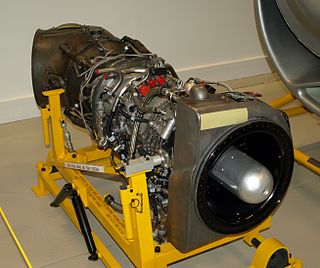
The Rolls-Royce Gnome is a British turboshaft engine originally developed by the de Havilland Engine Company as a licence-built General Electric T58, an American mid-1950s design. The Gnome came to Rolls-Royce after their takeover of Bristol Siddeley in 1968, Bristol having absorbed de Havilland Engines Limited in 1961.
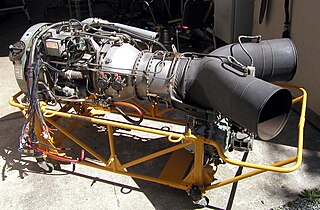
The Bristol Siddeley Nimbus, later known as the Rolls-Royce Nimbus, was a British turboshaft engine developed under license by Blackburn Aircraft Ltd. from the Turbomeca Turmo in the late 1950s. It was used on the Westland Scout and Westland Wasp helicopters.

The Rolls-Royce Gem is a turboshaft engine developed specifically for the Westland Lynx helicopter in the 1970s. The design started off at de Havilland and was passed to Bristol Siddeley as the BS.360. When Rolls-Royce bought out the latter in 1966, it became the RS.360.

The Armstrong Siddeley ASA.1 Adder was an early British turbojet engine developed by the Armstrong Siddeley company and first run in November 1948.

The Rolls-Royce RB.50 Trent was the first Rolls-Royce turboprop engine.
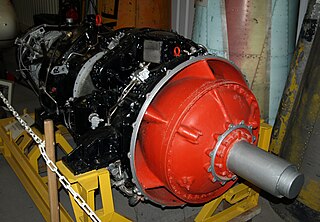
The Napier Eland was a British turboshaft or turboprop gas-turbine engine built by Napier & Son in the early 1950s. Production of the Eland ceased in 1961 when the Napier company was taken over by Rolls-Royce.
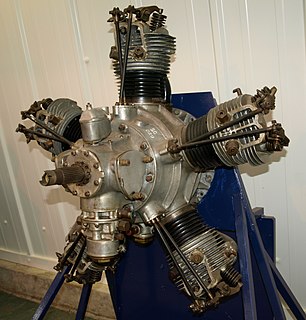
The Armstrong Siddeley Genet was a five-cylinder, air-cooled, radial engine for aircraft use built in the UK, first run in 1926. It developed 80 hp at 2,200 rpm in its final form and was a popular light aircraft powerplant. Following the company tradition with a slight deviation the engine was named after the Genet, a catlike animal of the same order but different family.

The Napier Naiad was a British turboprop gas-turbine engine designed and built by D. Napier & Son in the late 1940s. It was the company's first gas turbine engine. A twin version known as the Coupled Naiad was developed but both engine projects were cancelled before finding a market. The Naiad was also used, in adapted form, in the Napier Nomad turbo-compound engine design.




















